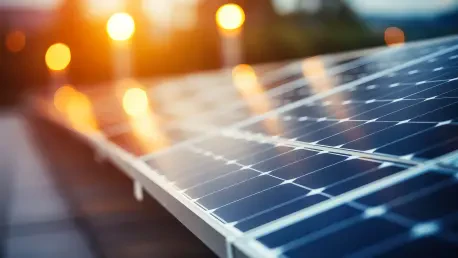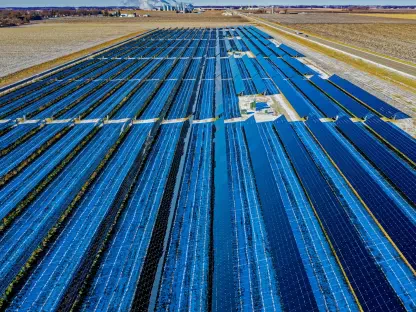The rise of solar power in the European Union represents a tectonic shift in energy dynamics, where an eco-friendly revolution has quietly overtaken traditional electricity sources. As solar energy now leads the charge, it not only transforms the environmental footprint but also challenges economic norms. How does this quiet ascendancy reflect the changing priorities of an entire continent?
Unraveling Europe’s Solar Power Revolution
Solar power’s unexpected dominance in the EU has sparked intrigue and analysis worldwide. With solar generating 22.1% of electricity, surpassing nuclear and fossil fuels, this surge highlights the continent’s move toward sustainable energy. What ripple effects does this create in the broader energy market, and how has the taboo surrounding renewable energies evolved within this diverse landscape?
A Closer Look: Key Drivers of the Solar Shift
Several contributing factors have propelled solar power to the forefront. Enhanced solar capacity, driven by advancements in technology and expanded infrastructure, coupled with favorable weather conditions, have been central to this transformation. Increased energy demand during early-summer heatwaves added further impetus. These changes are largely tied to environmental concerns and economic incentives that promote cleaner and cheaper energy alternatives.
Behind the Scenes: National Milestones and Regional Consequences
Countries like the Netherlands and Greece have been instrumental in bolstering the EU’s solar output through record-setting achievements. The decline in dependency on coal, reported at just 6.1%, illustrates tangible benefits like reduced carbon emissions. As Spain and Slovakia plan to phase out coal completely, the trajectory points toward greater regional energy autonomy in the EU. This trend reflects a strategic pivot, seeking less vulnerability to global fossil fuel market fluctuations.
Expert Commentary and Community Engagement
Specialists in renewable energy see these changes as monumental, offering insights into the broader implications for both the environment and the economy. Grassroots initiatives, fostering community-based solar projects, have not only contributed to capacity growth but also transformed local economies by providing financial relief and energy reliability. Studies support the beneficial impacts of renewables, highlighting solar’s role in the EU’s evolving energy framework.
Strategies for Sustaining Solar Growth
To maintain momentum and address challenges, innovative strategies are essential. The integration of energy storage solutions ensures energy stability during various demand periods. Smart grids and demand-side management further optimize distribution, enhancing energy efficiency. Repurposing coal sites into solar farms presents another opportunity to boost capacity, making this transition not only feasible but strategic for the EU’s sustainable energy future.
The solar revolution in the EU reshaped an entire region’s approach to energy practices. Past efforts laid the groundwork for today’s successes, as renewable energy celebrates a broader adoption. Embracing this change demands continued innovation, strategic investment, and a shift in perspective, as stakeholders work toward a future where sustainability is not just an option but a universal standard.









